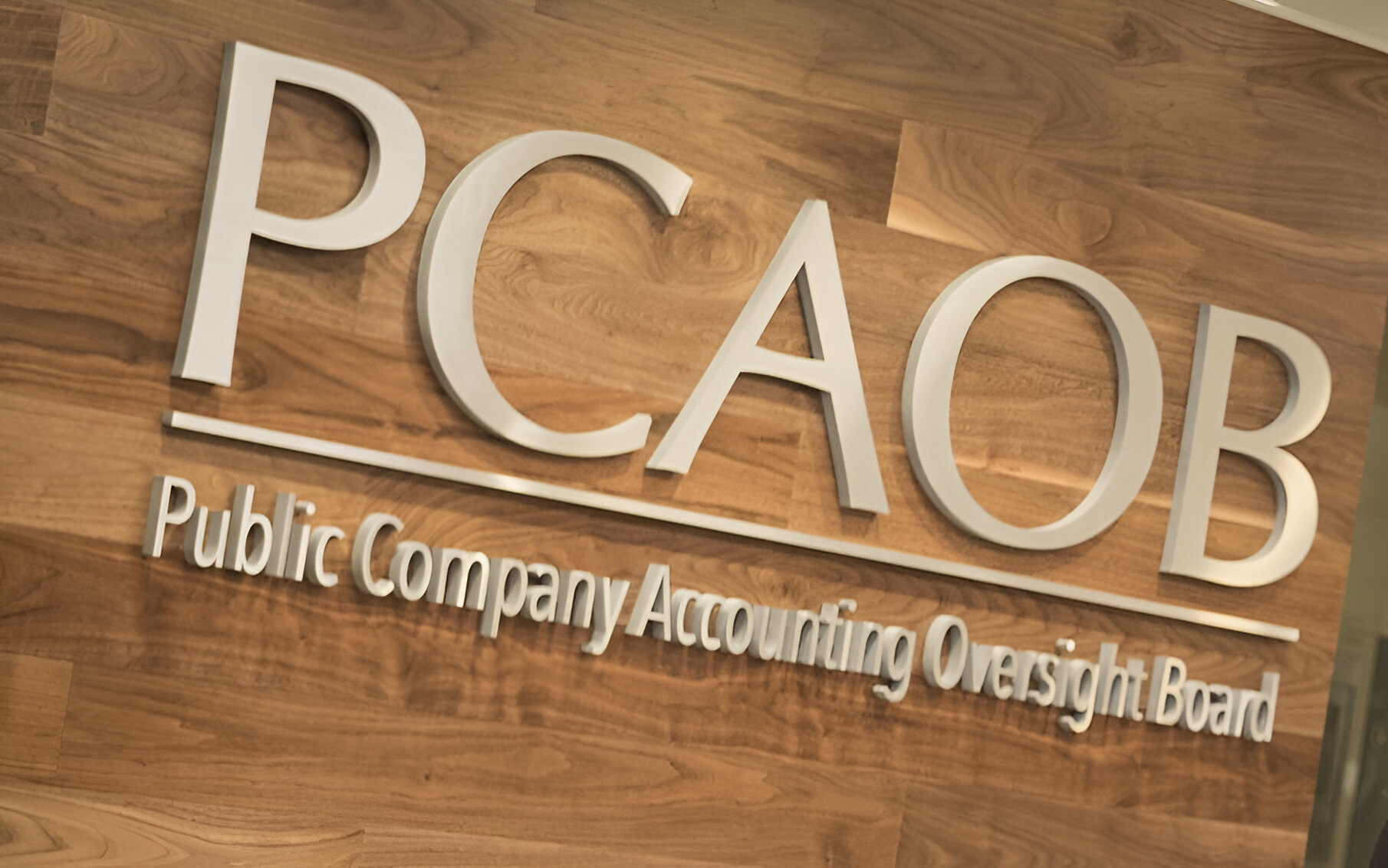By Peter Horadan
Sales teams have Salesforce. Customer teams have Zendesk. Marketing teams have HubSpot and HR has Gusto. But accounting teams are left to make do with generic tools like email, spreadsheets, and PDFs. Why has accounting been overlooked?
Accounting is perhaps the most essential part of any company. If you can’t record your transactions or produce financial reports, you don’t have a business. While every department from sales to HR are getting great, new tools, the accounting team has been left behind.
Today’s accounts receivable (AR) and accounts payable (AP) teams are making do with a software stack that consists of emailing PDFs and spreadsheets back and forth to each other to be opened, read, and manually re-entered. At a time when the average AR or AP person receives over 100 customer emails each day, most teams spend over half of their day just responding to email inquiries due to the manual nature of the process. Between email responses and the manual invoice and payment activities, the process is broken.
Because money is flowing in, many organizations view the manual processes as “good enough” and not a cost saving priority. What is often missed here is the fundamental increase in access to working capital that accounting automation brings.
We’ll often hear from teams that they don’t have a good way to monitor or track days sales outstanding (DSO) or develop accounts receivable aging. Why? Most often, accounting teams today are so bogged down with manual activities, that tracking or establishing these metrics are an afterthought.
Although most departments have some level of automation, the extensive use of spreadsheets to manage receivables and payables is an indicator of just how much need for transformation remains. At the same time collaboration carries its own burden.
For these teams to collaborate, they need spreadsheets to track status, additional channels (Teams, Slack, Phone, etc.) to communicate, and then still must move the details into an ERP or accounting tool to close out the invoice. Nothing is connected and one misstep, incorrect keystroke, or forgotten attachment can send you into a tailspin.
Every business deal involves the sharing of accounting information. For example, if I’m a seller and you’re a buyer, my AR balance should match your AP balance. If I’ve given you several invoices, those need to be in both of our computer systems. But the only way that accountants can share information is to email PDFs back and forth to each other, and then open them, read them, and manually enter them into their disconnected systems. Although seemingly archaic, it is a very unfortunate reality.
There is a growing recognition that relying on team effort and disconnected tools to keep cash flowing is not sustainable. Accounting teams need to face digital transformation head-on to manage cash flow more effectively and efficiently in the face of ongoing volatility over the long term. To do this, accounting teams should leverage automation, creating connected access to invoices and payment platforms.
AR automation uses data gathered from business transactions to reduce human involvement in time consuming business processes like data reentry as well as spreadsheet and document management. Customer history, profile data, and account information should be used to automatically decide on follow-up timing, send alerts, and trigger email reminders. The time saved on manual tasks can be spent on higher priority AR tasks. In a time when customers are expecting omnichannel experiences, AR automation can help streamline and improve that customer experience.
Reporting is often an overlooked component of AR processes, and it shouldn’t be. To grow and scale your business, you need an accurate accounting of your books. AR automation is the key to scale your accounting processes in today’s changing environment. The first step in getting started is to perform a self-audit of your manual processes and the time it takes to complete core tasks and functions.
How many invoices do you issue a month? What are the processes you have today to develop, track, store, send, and collect on each of those invoices? How much time does it take to complete each task? Now what would happen if you saw a 10% increase in sales?
Today’s manual accounting processes are inefficient, relying heavily on email and spreadsheets to manage and organize your accounting workflows. The business and economic changes from the past two years, have uncovered cash traps and cash leaks caused by use of personal and shared email addresses. It is time to digitally transform your accounting workflow. The results? You will collect faster, spend less, save time, and strengthen your reputation with customers and vendors.
=====
Peter Horadan is the CEO and co-founder of Lockstep, whose mission is to help the world’s accounting teams work better together. From balancing his father’s columnar pads at age 12, to building some of the most-used financial software on Earth – Horadan has been improving accounting software his entire life. Previously, he was CTO and global head of engineering at Avalara, the leader in transactional tax management. Horadan led the development of the SaaS version of Concur Expense, the worldwide leader in expense management. He also built some of the world’s first online banking software at Microsoft and authored international standards still in use today. Horadan has a BS in Engineering from Rensselaer Polytechnic Institute.
Thanks for reading CPA Practice Advisor!
Subscribe Already registered? Log In
Need more information? Read the FAQs




